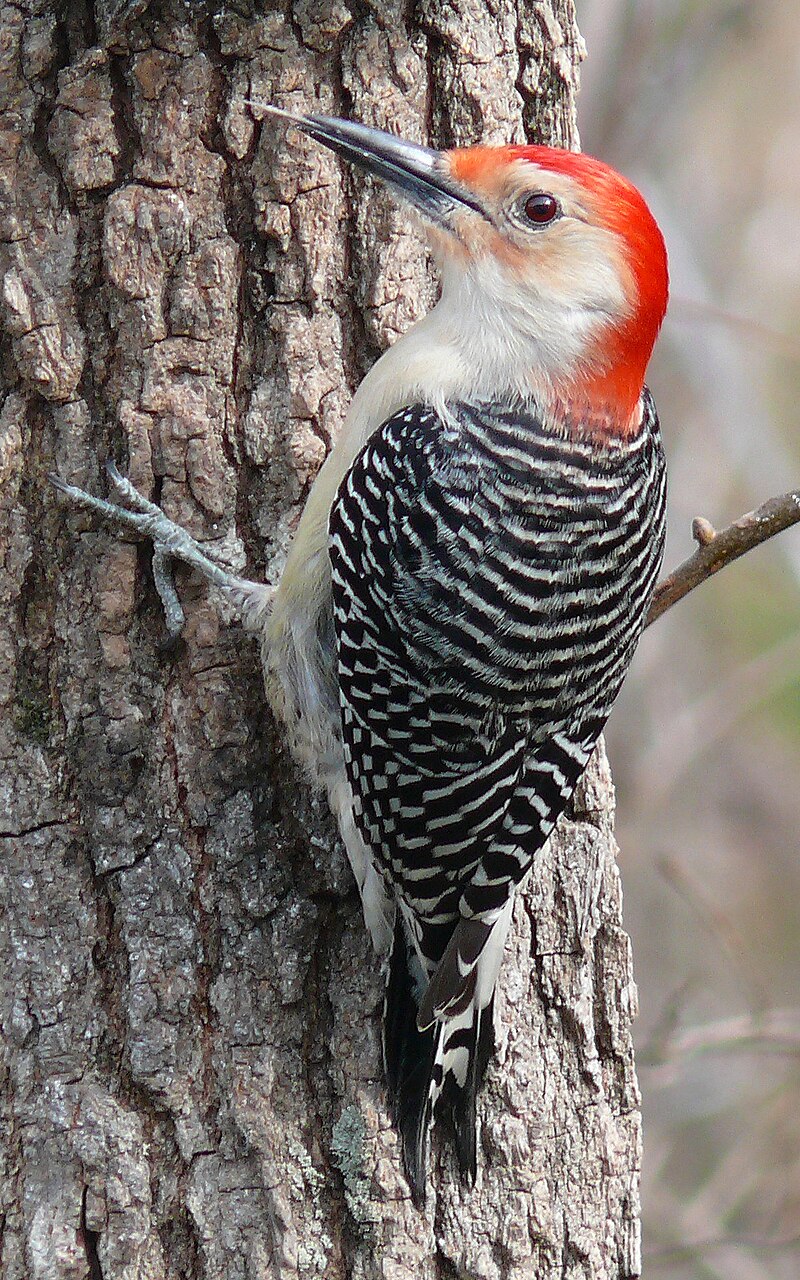Finding Woodpeckers in Florida: Types Variety and Natural History
Finding Woodpeckers in Florida: Types Variety and Natural History
Blog Article
Unveiling the Tricks of Woodpeckers: Behavior, Environment, and Much More
Woodpeckers, with their distinct behaviors and specialized adjustments, have lengthy fascinated researchers and nature enthusiasts alike. These amazing birds possess a variety of intriguing tricks that lost light on their survival methods, habitat preferences, and complex interaction techniques. By revealing the secrets bordering woodpeckers' behavior and habitat options, a much deeper understanding of these bird marvels arises, using a peek right into their fascinating globe. So, what makes these birds absolutely phenomenal, and how do they navigate their setting with such accuracy and skill? Let's explore the captivating world of woodpeckers and untangle the enigmatic information that make them such appealing subjects of research.
Woodpecker Behavior Insights
In examining woodpecker actions, a remarkable display screen of specialized skills and adjustments arises, clarifying their impressive eco-friendly specific niche - Woodpeckers in Florida. Woodpeckers, understood for their distinctive drumming on trees, have a range of behavioral traits that add to their survival and success in their environment. One essential behavior is their drumming, which offers several purposes such as interaction, establishing territory, bring in companions, and locating food sources. This balanced pecking additionally showcases their amazing strength and endurance, as they can hammer away continuously at broadband without creating damage to themselves.
Additionally, woodpeckers exhibit an one-of-a-kind feeding habits identified by their ability to essence insects from tree bark using their specialized beaks. Their lengthy, barbed tongues aid in catching target, while their strong neck muscle mass supply stability and accuracy during pecking movements. This feeding approach allows woodpeckers to gain access to surprise insect larvae and extract them with amazing performance.
Habitat Preferences and Selection
What factors influence the habitat preferences and option of woodpeckers? One crucial factor influencing woodpecker environment option is the schedule of ideal nesting websites. Woodpeckers normally prefer forests with a mix of fully grown trees that give enough possibilities for dental caries excavation.
Furthermore, woodpeckers show a preference for environments with a bountiful supply of food resources. They are mostly insectivorous, feeding upon beetles, ants, larvae, and other insects located in rotting wood or tree bark. Woodpeckers have a tendency to favor woody locations with a diverse insect populace to satisfy their dietary demands.
In addition, the existence of dead or decaying trees is an additional essential factor in woodpecker environment choice. These trees not only supply food sources yet likewise offer ideal substrate for dental caries excavation. Dead trees are necessary for the maintenance of healthy and balanced woodpecker populations, as they play an essential function in the woodpeckers' life cycle and environment dynamics.
Feeding Behaviors and Diet Make-up
Woodpeckers demonstrate a specialized feeding actions focused on foraging for pests within different environments. Their diet largely includes bugs such as beetles, ants, caterpillars, and spiders, which they find by touching on tree bark and paying attention for the noise of activity inside. Woodpeckers use their solid beaks to pierce into the wood and their lengthy, barbed tongues to extract victim from holes. Along with pests, woodpeckers also take in tree sap, fruits, nuts, and seeds, including variety to their diet depending on the period and availability of food resources.
The foraging techniques of woodpeckers are well-adapted to their arboreal way of living. Woodpeckers play a critical duty in preserving the health of forests by regulating insect populaces More hints and helping in the decay of wood.
Drumming Sounds and Interaction
Making use of fast drumming sounds on numerous surface areas, woodpeckers utilize a distinctive kind of communication to signal region limits and attract friends. This drumming habits is not only a method of communication yet additionally acts as a way for woodpeckers to develop their existence within a particular location. The intensity, rate, and pattern of the drumming can communicate important details to other woodpeckers in the location.
Woodpeckers utilize drumming sounds to reveal their presence in an area and to warn off possible intruders. The loud and recurring nature of the drumming functions as a clear signal to various other woodpeckers that the area is currently claimed. This assists in reducing problems and minimizing physical battles between people.

Survival Adaptations and Specialized Anatomy

Verdict
To conclude, woodpeckers exhibit distinct actions, such as drumming noises for interaction, and have actually specialized composition for survival in their chosen habitats. Their feeding behaviors and diet composition better demonstrate their adaptability to numerous atmospheres. By see this comprehending these aspects of woodpeckers, scientists and guardians can better shield and protect these fascinating birds and their ecological communities.
Report this page